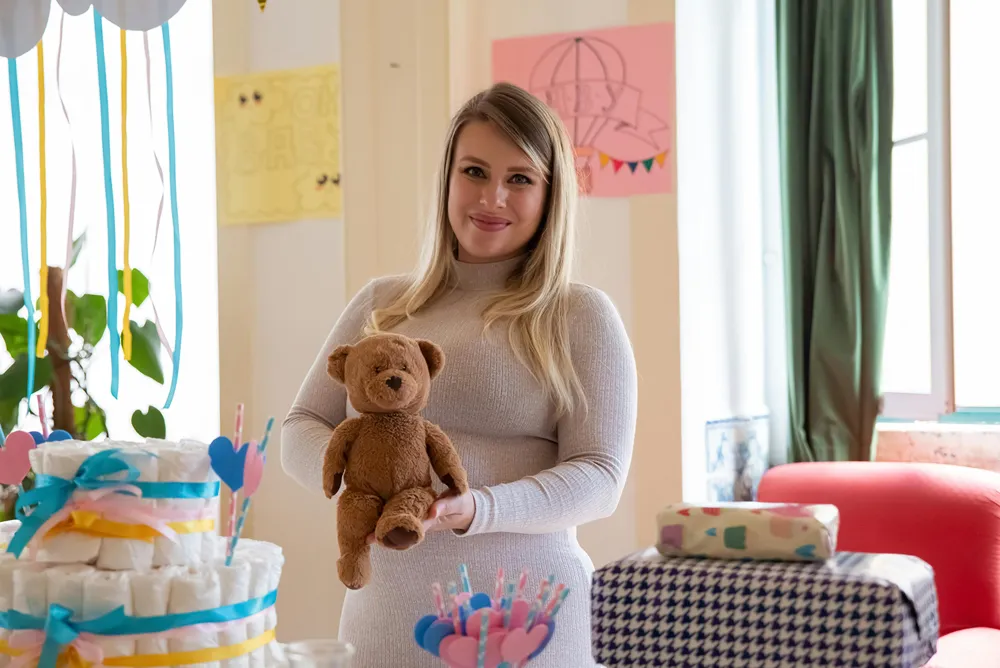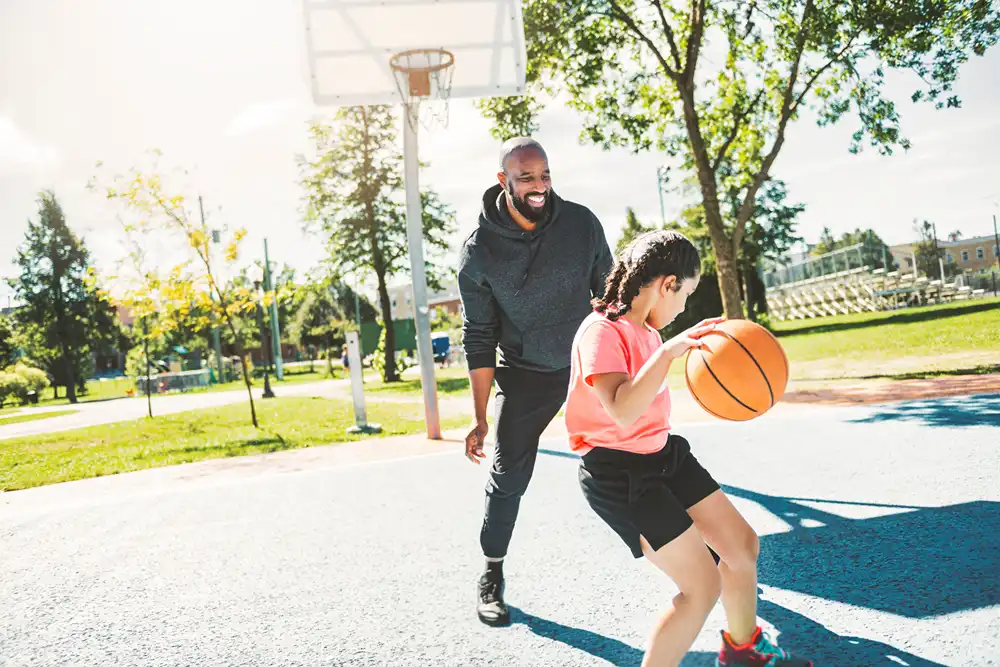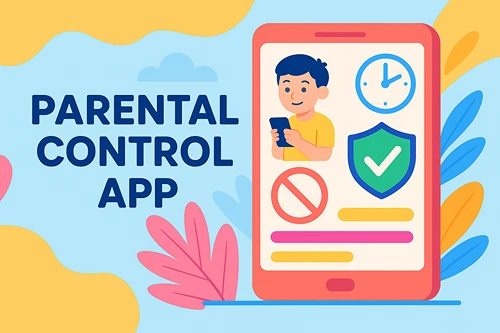Raising Helpful Kids: Simple Home Tasks To Build Life Skills
Getting kids involved around the house supports their growth into confident, responsible, and independent individuals and helps you keep things tidy. Children start to understand how a home works when they take part in everyday chores—and quickly realize they’re an important part of it.
Raise helpful kids using these simple home tasks to build life skills and give your family more chances to connect and work together, building stronger bonds along the way.
Tidying Up After Meals
Ask your kids to take part in cleaning up after eating. Clearing the table, washing dishes, or loading the dishwasher are great places to start. These small tasks teach responsibility and show that everyone plays a role in household routines.
They also provide a chance to talk about topics such as food waste and gratitude. Best of all, the faster the cleanup happens, the sooner everyone can relax.
Taking Care of Their Rooms
A tidy bedroom can give kids a sense of ownership. Making the bed, putting away toys, and organizing their space can build everyday responsibility. Keeping their room in order also saves time, especially during busy mornings when finding clothes and school items quickly makes a big difference.
Helping With Laundry
Laundry is one of those chores that stick with people throughout life. Teach kids how to sort clothes, use the washer, and fold their laundry. These steps encourage independence and teach kids how to care for their belongings. Their confidence will grow as they get more comfortable with the process, and they’ll appreciate knowing how to handle laundry on their own later in life.

Assisting With Basic Grocery Shopping
Taking kids to the grocery store turns a regular outing into a learning experience. Let them help create a shopping list, compare prices, and keep track of the budget. It’s a good way to introduce healthy food choices and smart spending habits. Including kids in these everyday tasks shows them how to make these decisions and gives them a sense of belonging in the household.
Maintaining Shared Spaces
Common areas, such as the kitchen and living room, give kids more chances to pitch in. Dusting, vacuuming, watering houseplants, or even cleaning wood balusters along stairs and similar simple chores, keep these spaces in good shape.
Assigning jobs based on their age or interests can make the process feel more natural and less like a chore. These tasks show kids that shared spaces stay nice when everyone works together. It’s a reminder that their efforts matter to the whole family.
Making Helping a Habit
Raising helpful kids by teaching simple home tasks to build life skills is easy to do when you share your daily routine with them. Start with one or two tasks and keep things consistent. With time, kids will learn how to take care of their surroundings and make good decisions.
These chores lay the foundation for bigger responsibilities down the road. Explore resources on life skills every parent should teach their children for more ideas. Give kids the chance to learn, take ownership, and grow. These moments at home today shape the adults they’ll become tomorrow.












